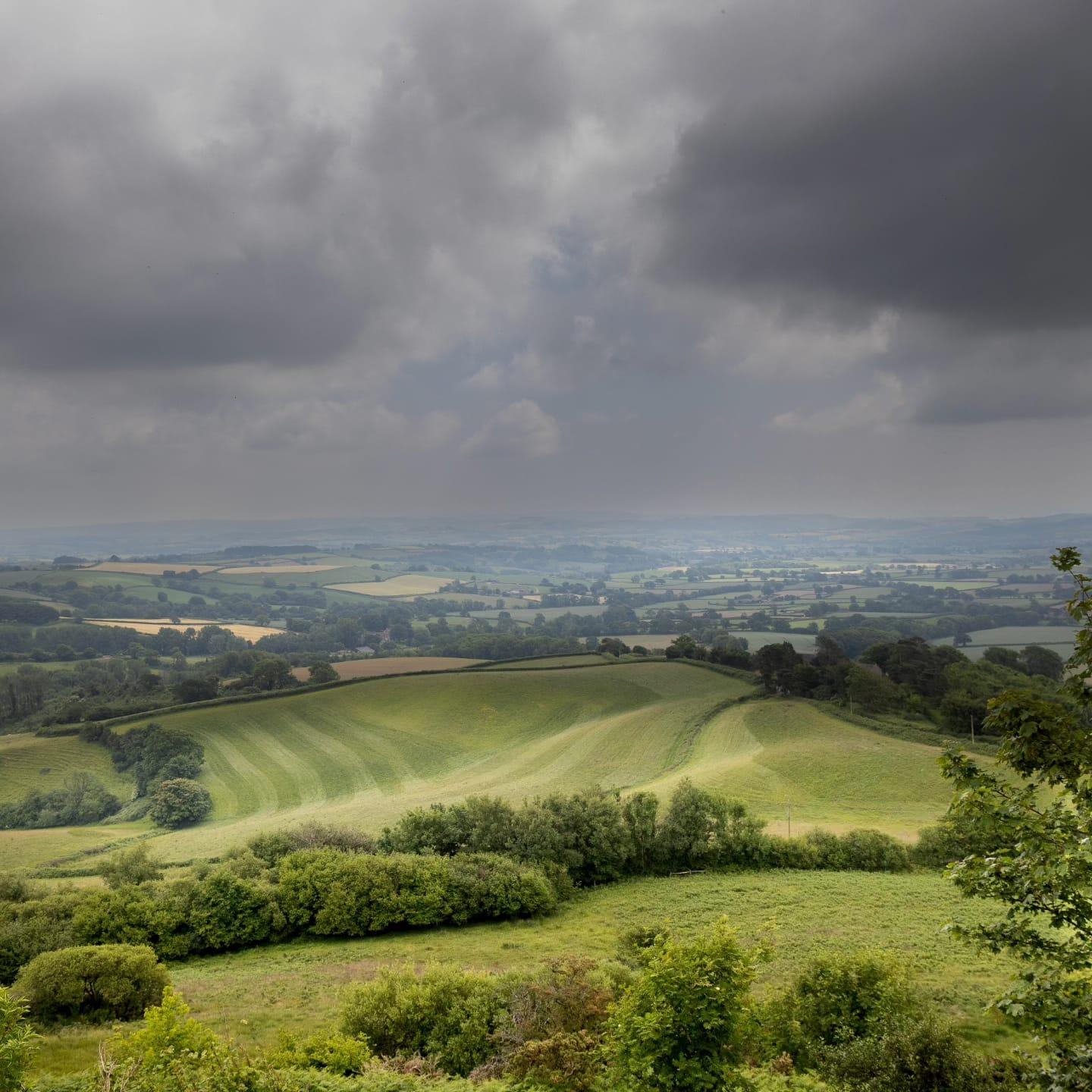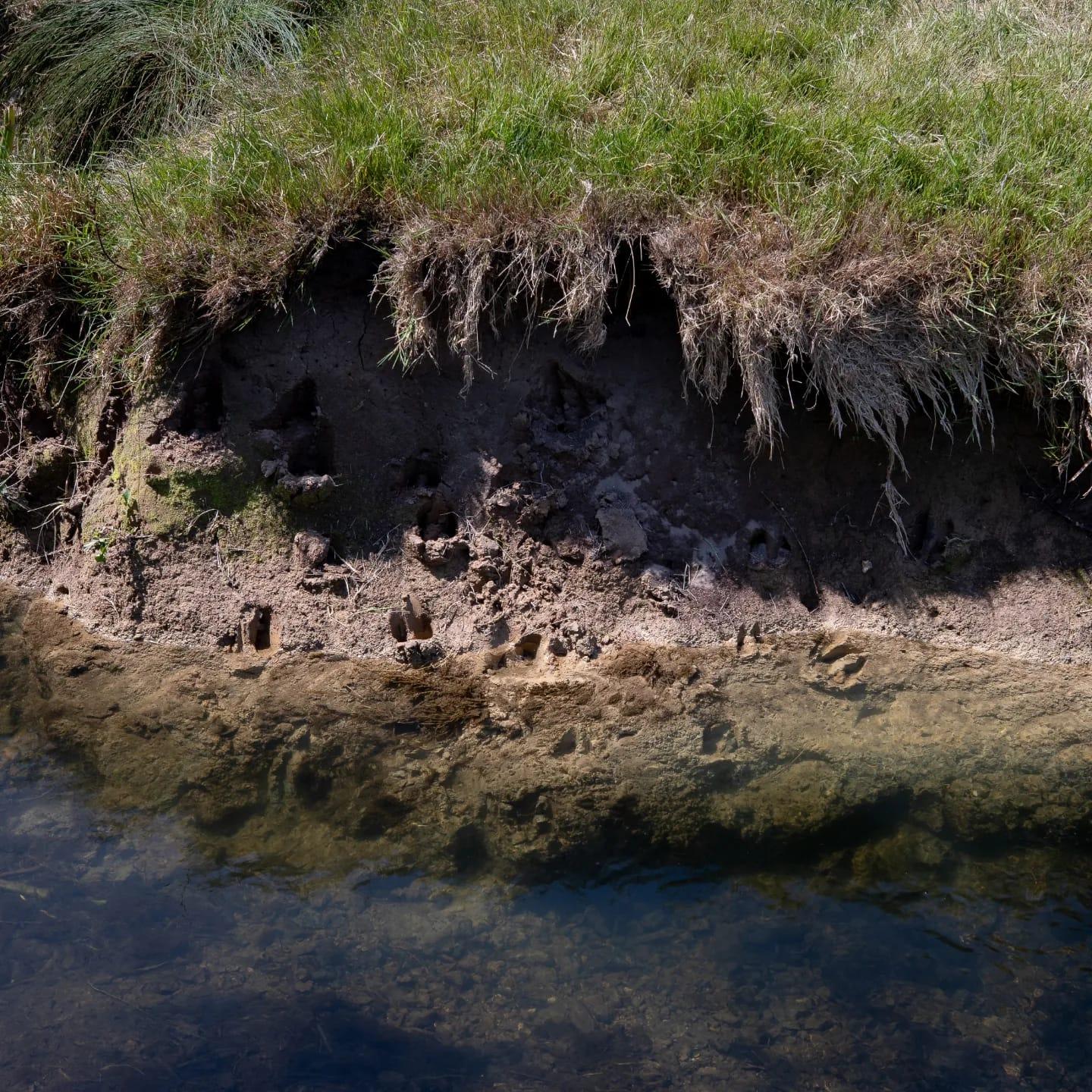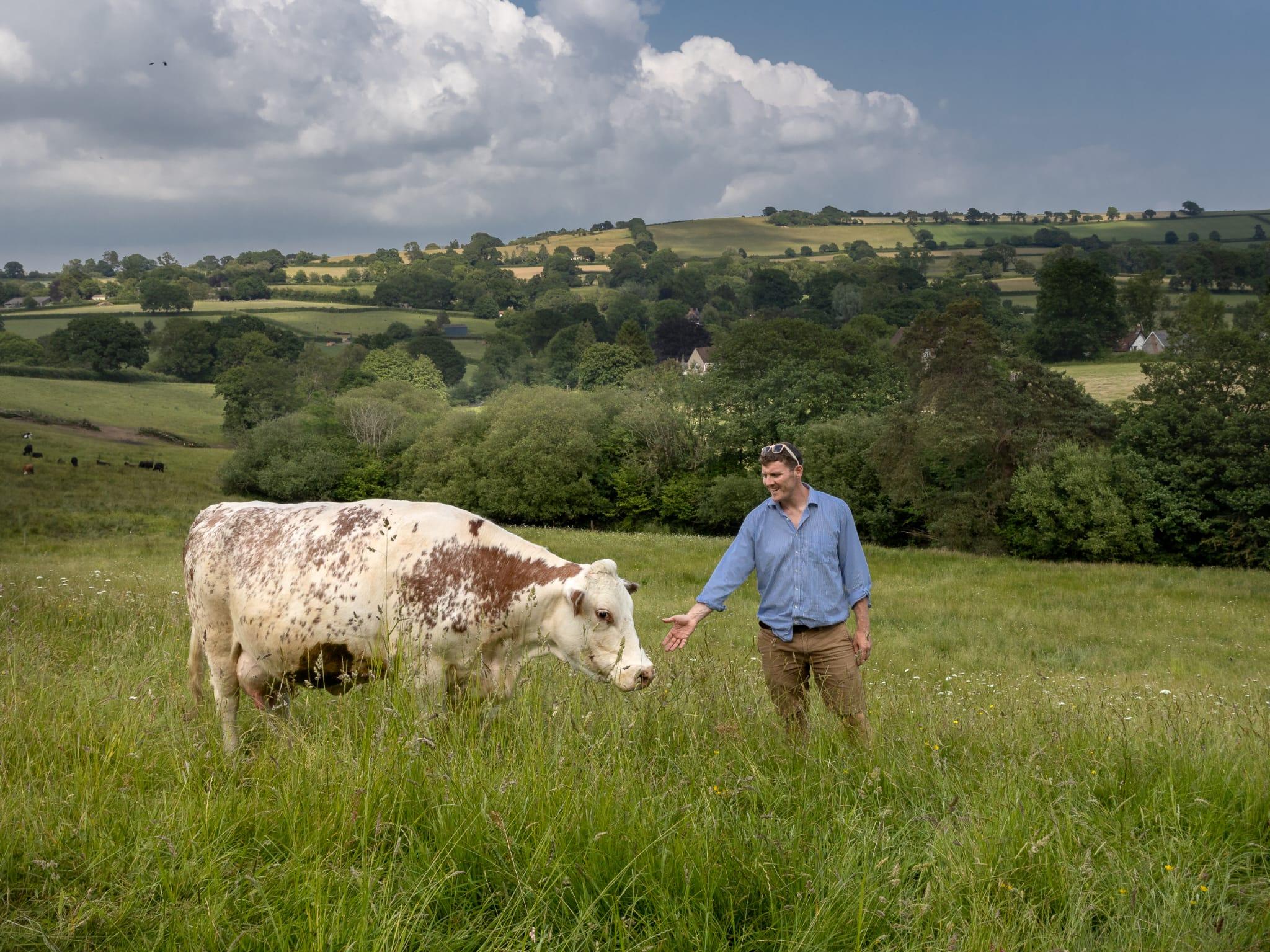A River Runs Through It: Part 1
By Alasdair Moffett: Farm Animal Veterinarian who has worked in the River Axe catchment area with farmers for the last 10 years.

A river runs through it - Possibly one of my mum’s favourite films (She always was a Robert Redford fan). However, with the knowledge that up to 60% of the adult human body is composed of water, perhaps a more suitable title for this article should be ‘A river runs through us’.
It is called the Water Cycle for a reason – the fact it is a closed system. There is only ever the same finite amount of water on Earth. Every drop within the biosphere (extending from the deepest root system of tress, to the dark environment of ocean trenches, to lush rainforest and high mountaintops) and all of it’s flora and fauna inhabitants, has been constantly recycling H2O since the beginning of time. We are as connected to the water cycle as the rivers, lochs and lakes that flow through our towns, villages, and cities, counties, countries and continents. When we too die, that 60% of us will make its own way back into the atmosphere to continue this existential cyclicity.
In 2023, freshwater shortages, once considered a local issue, are increasingly becoming a global risk. In June 2021, Mami Mizutori, the UN secretary general’s special representative for disaster risk reduction, said: “Drought is on the verge of becoming the next pandemic, and there is no vaccine to cure it.” In every annual risk report since 2012, the World Economic Forum has included water crisis as one of the top-five risks to the global economy. Half of the global population – almost 4 billion people – live in areas with severe water scarcity for at least one month of the year, while half a billion people face severe water scarcity all year round.
Nationally, the issues with water management are both of quality and quantity. Not a single one of England’s rivers is classified as being in good ecological health – this includes chalk streams, a delicate habitat almost entirely unique to England. Sir James Bevan, past chief executive of the Environment Agency, stated within the UK, “Unless we take action to change things, we will not have enough water to supply our needs … many parts of our country will face significant water deficits by 2050.” Alongside human mismanagement, we are now faced with the Holocene induced climate change, where the predictability of precipitation is no longer.
Rising UK temperatures, and the regularity of heatwaves both directly impact our water system. Salmon levels have declined significantly in part due to hot, dry summers and more generalised, all freshwater species are becoming particularly vulnerable. Invasive species are able to thrive these new environmental norms, and algal blooms and weed choking occur with increased monotony. Whilst the UK’s average annual rainfall sits at 1,100mms, much of this 4 figure average is propped up by the 4,000mms which fall in Snowdonia, The Lake District and (as I know from my own upbringing) the Highlands of Scotland. Parts of the Thames Estuary receives just over 500mls rainfall per annum, with the average for South-East England, home to just under one third of UK inhabitant’s, at 600mls. This is comparable to annual rainfall in Kenya, and is drier than Sydney, Australia. Armed with these population and precipitation figures, it is little wonder that water companies have been abstracting (extracting) too much water year on year. To lower this existing groundwater abstraction to sustainable levels, a reduction of 480 million litres a day is needed by 2045. Maybe if London had indeed run dry, as was feared it would be shortly before the 2012 Olympics (London has 90 days water storage at any one time), water security within the UK would have been bolstered up the political priority list a decade sooner.
Within the Government’s 25 Year Environment Plan, there is an ambitious target of 75% of UK’s waters being as close to their natural state as possible. In truth, the good ecological state phrase is somewhat misleading, with the Water Framework Directive (WFD)* (itself following on from the European Commission’s’ Water Framework Directive (2000/60/EC) post Brexit), recognising that many of our waters have been so altered via human activity, that it is unrealistic for them to ever achieve ‘good ecological status’ and instead should aim for ‘good ecological potential’.

The core aim of the WFD is to protect the UK’s water environments by preventing their deterioration and improving their quality. It does this by setting ecological targets and environmental objectives. For water bodies to be classified as having a ‘good ecological status’ under the WFD they must meet certain standards in a range of areas including pollution, the number of fish and aquatic life, and groundwater quality. From 2016-2019 only 16% of water bodies (and 14% of rivers) met the criteria of ‘good ecological status’ and due to a change in measurement of permanent chemicals with water bodies, no surface bodies met the criteria for achieving ‘good chemical status’ compared to 97% in 2016. One measure brought in by the WFD is the implementation of legislation such as the Reduction and Prevention of Agricultural Diffuse Pollution Regulations 2018, which require farmers to minimise water pollution by utilising good farming practices.
*The Water Environment (Water Framework Directive) Regulations 2017 came into effect in April 2017, replacing the previous 2003 version of the regulation. The regulations apply to England and Wales, while Scotland and Northern Ireland have their own versions covering their jurisdictions.
Farmers manage 75% of our inhabited land. The National Food Strategy identified the need to repair the damage post Green Revolution we collectively have done to the land, to restore biodiversity and to utilise our fields and forests to help fight climate change. Only by working alongside farming will we be able to provide society’s solutions.
We are expecting farmers to perform quite the juggling act – produce sufficient, affordable food to feed the nation, whilst simultaneously restoring wildlife, cut their own carbon emissions (the NFU has committed its members to reach Net Zero by 2040), plant trees, manage flood plains and return some land to the wild. Pertinent to this article, we also need agriculture to reduce its diffuse pollution contribution to waterways.
All the above comes at a time where unprecedented market volatility for the 3 ‘f ’s’ of farming; food, fuel and fertiliser is driving farmers to scrutinise production costs. Simultaneously, alongside the much-publicised need for water companies to invest in sewage and water storage infrastructure, economics has also alerted water providers to the expense of treating water instead of paying farmers not to pollute the waterways in the first place i.e. prevention is better than cure. Beyond economic necessity, is also individual farmers’ own will to become more environmentally resilient and farm in a manner they deem to be more ‘sustainable’ in the future.

Further Reading:
The Last Drop: Solving the World’s Water Crisis
steps-handbook-2023.pdf (stwater.co.uk)
‘Drought is on the verge of becoming the next pandemic’ | Water | The Guardian
https://www.gov.uk/guidance/ca...
Learn more in Part Two!